8 Tips to encourage soft mobility!
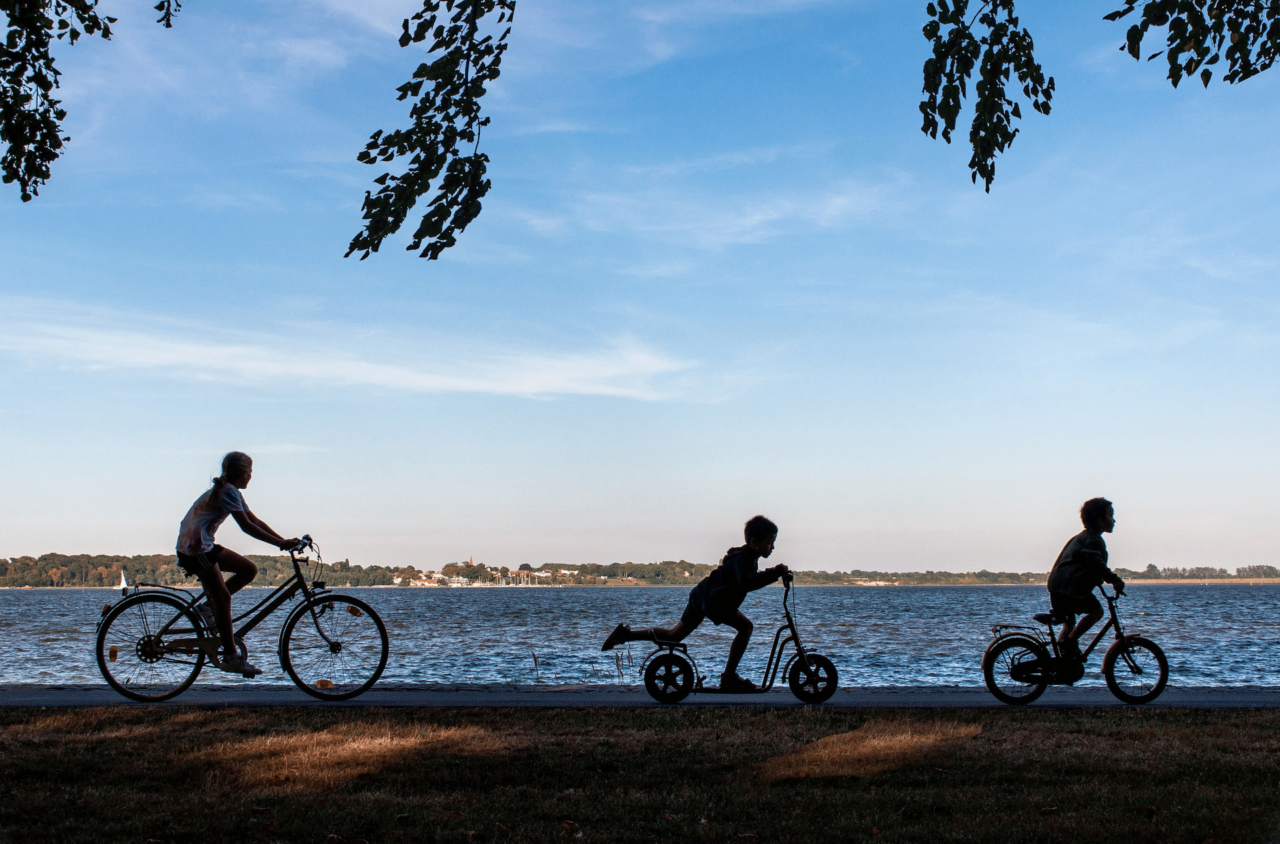
Every day, you see more and more of them in town and country, on cycle paths, in parking lots… Cycling is back in French people’s daily lives! According to IPSOS, the proportion of French people who regularly use bicycles in their daily lives is on the rise (19%, +4 points by 2023). And that’s good news, because cycling – like scootering, for that matter – offers many advantages: regular physical activity, reduced travel costs, zero-carbon transport, reduced air and noise pollution in cities, fewer traffic jams and therefore calmer streets…
However, it is now necessary to rethink our mobility policies and our public space in order to adapt and continue to encourage the practice. Safety, awareness-raising, parking… We explain the 8 steps to encourage your residents to take the plunge into soft mobility.
DEVELOP A NETWORK OF BICYCLE PATHS.
One of the first obstacles identified to cycling is discontinuity in cycling facilities (CEREMA, FUB, MDB…). This may seem logical, but it is essential to remember the importance of a complete network of cycle paths, offering cyclists spaces dedicated to their mode of transport, away from roads, to guarantee their safety. By creating cycling routes that surround built-up areas, you’ll not only enable 2-wheeler users to make long-distance journeys, but also reduce their exposure to air pollution. According to a study carried out by Life Respira, a cyclist riding 1.5 metres away from a car (the guaranteed distance of a cycle path) breathes in 30% fewer particles than if he or she were riding in the middle of cars.
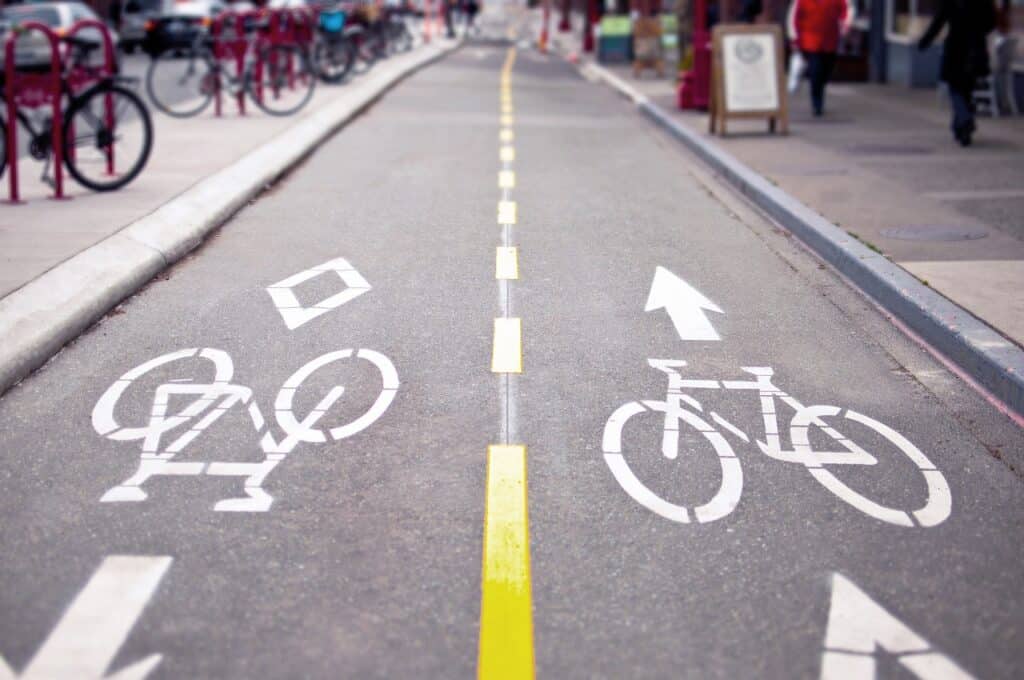
CREATE PEDESTRIAN ZONES
The creation of pedestrian priority zones, where motorized vehicles are prohibited, makes it easier for pedestrians to get around after dropping off their bikes or scooters. In this way, they avoid long waits at red pedestrian lights, the smell of petrol, danger and exposure to engine particles. This gesture presents motorists with a choice: modify their routes or change their mode of transport by opting for gentler solutions.
RAISING AWARENESS AND EDUCATING PEOPLE ABOUT SOFT MOBILITY
Even if the subject of soft mobility is becoming increasingly popular, awareness-raising campaigns are still essential to motivate residents and inform them about the health and environmental benefits of soft mobility, as well as the solutions put in place by the city. Whether it’s posters, animations, events or a digital campaign, communication is an integral part of your soft mobility project. It can also be useful to raise awareness among drivers of motor vehicles about the safety of cyclists and pedestrians, in order to create a safer environment between road users.
REDUCE TRAFFIC SPEED
In support of pedestrian zones, lowering the speed of motorized vehicles in urban areas and in the vicinity of paths contributes to the safety of cyclists and pedestrians, encouraging people to switch from cars to bikes or scooters. To meet the challenge of cyclist safety, traffic signs can also be installed. This is what the Côte-d’Or département has done in 2019 by making dangerous crossings safer through the installation of dynamic and luminous signs, cyclist arrival detector signs and ghost signs.
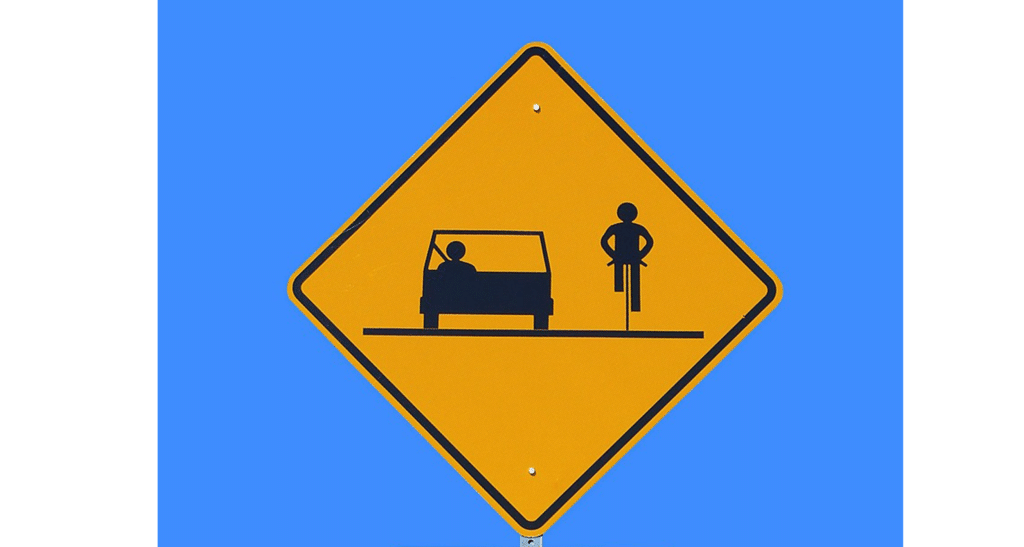
OFFER SELF-SERVICE PARKING SOLUTIONS
Parking your bike or scooter isn’t always easy. As is already the case in many French cities, we offer self-service shelters for bikes and scooters. They are designed to park and protect bikes and scooters. The availability of these bicycle structures in strategic locations such as passageways, train stations and near public transport facilities facilitates parking and encourages their use. For self-service parking, we also offer bike lockers and boxes. These can be individual or collective, and provide secure parking for bicycles and personal belongings. For example, the Vel’ Box, which can accommodate bicycles or scooters, is managed directly by its user, who secures the box with a padlock.
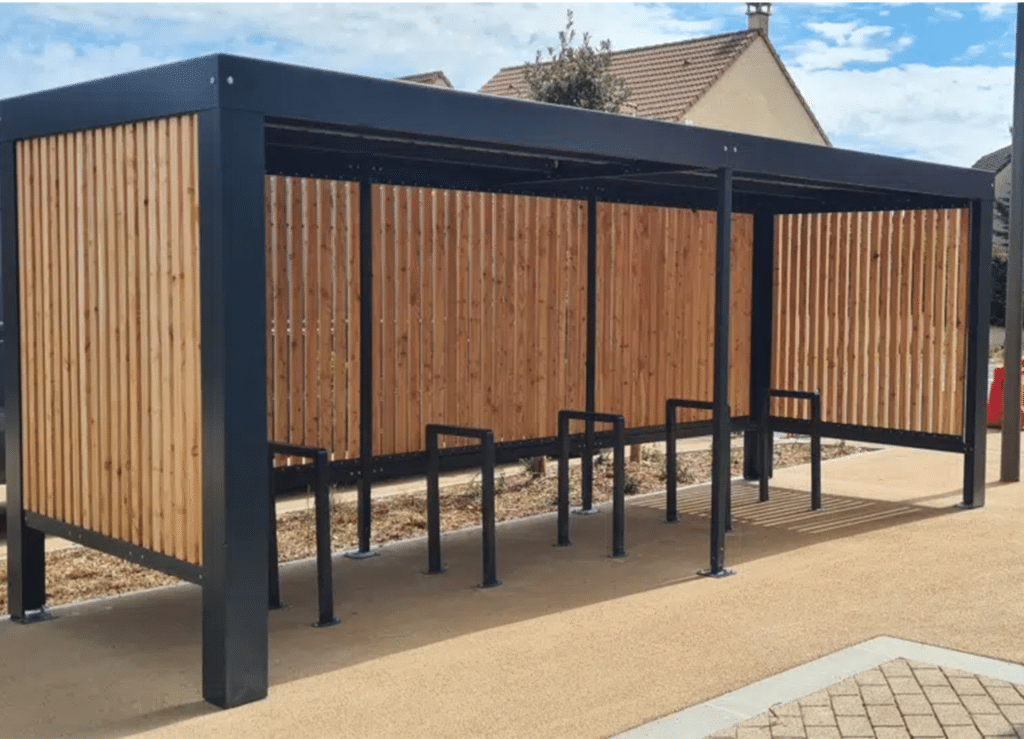
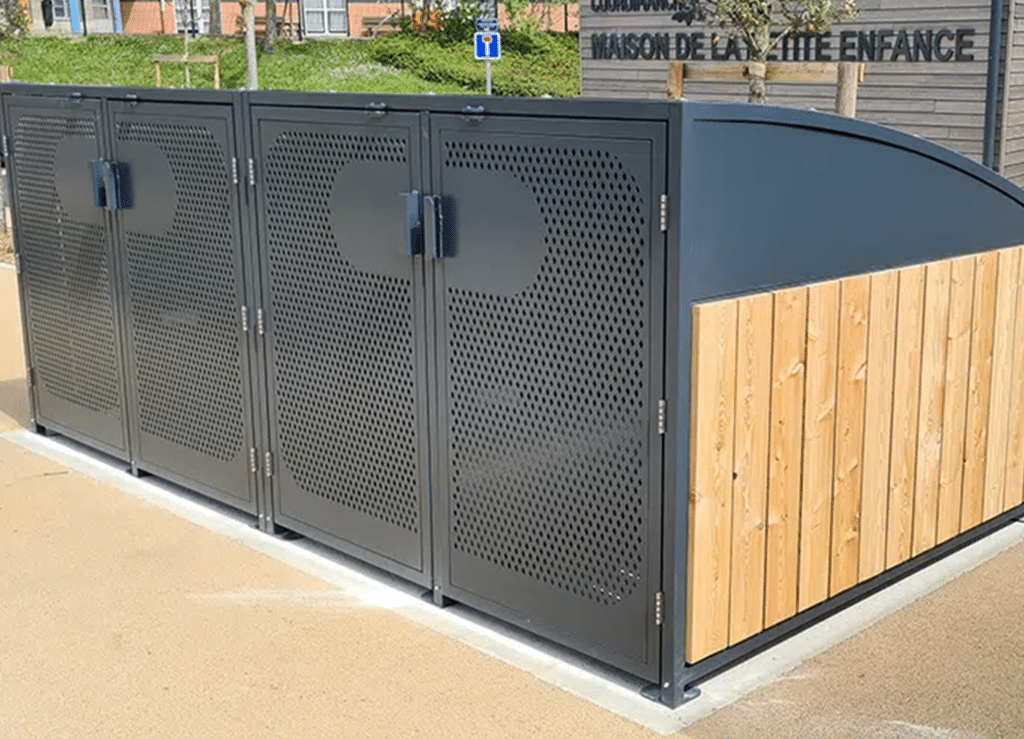
OFFER SECURE CLOSED PARKING SOLUTIONS DEDICATED TO SOFT MOBILITY
Closed, secure bike shelters help prevent theft and damage, while protecting bikes from the elements. They are collective and can be managed by an operating solution such as our Diwio solution, or by access control with Vigik badge or autonomous access control. This type of shelter is preferable in high-traffic areas, and can accommodate a large number of bikes/scooters.
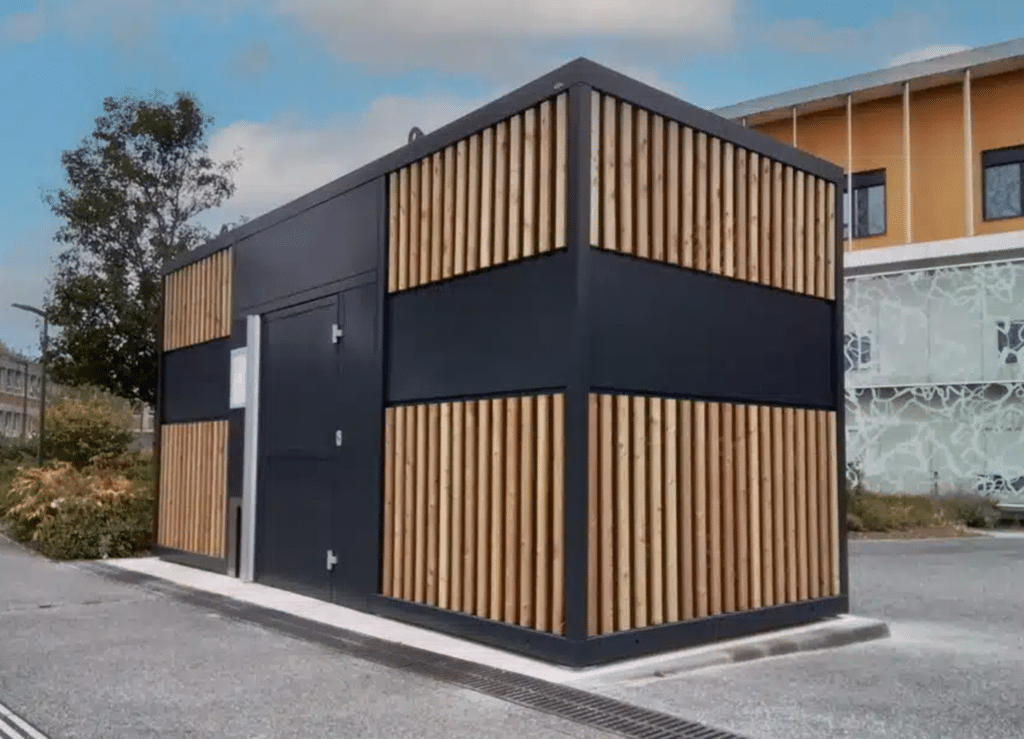
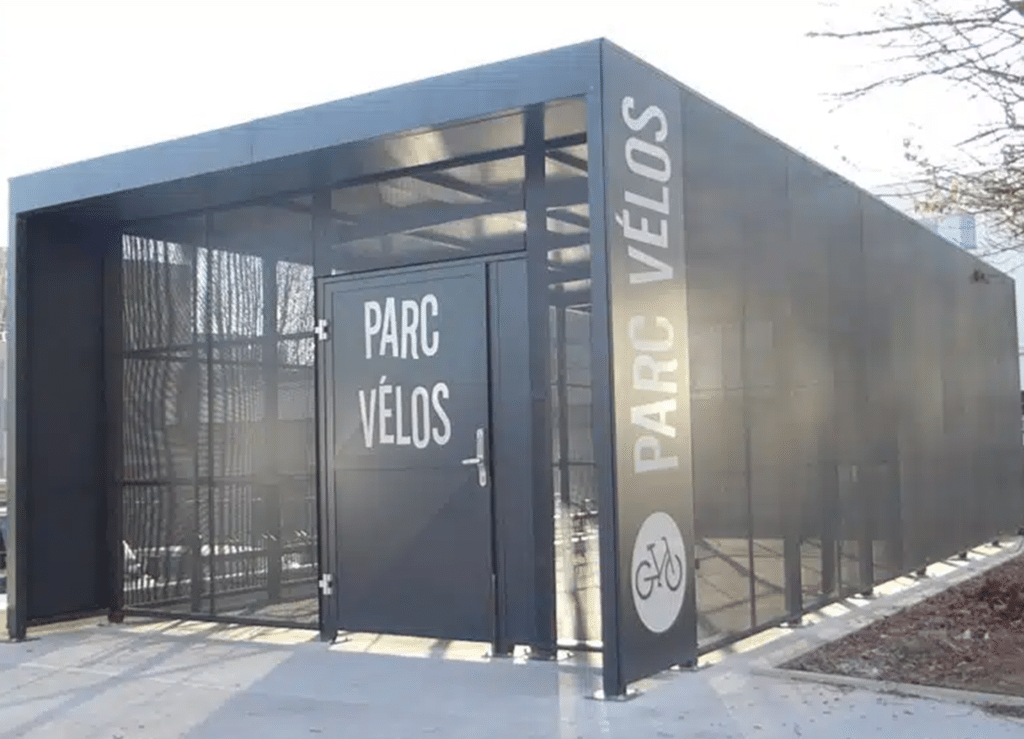
EQUIP YOUR PREMISES WITH BICYCLE FACILITIES
It can happen to anyone: deflated tires, derailed chains, flat tires, and so on. When you’re on your bike, it’s not always easy to get around with your own tool kit. That’s why we’ve created a range of bicycle equipment that’s much appreciated by cyclists. You can install them near bike shelters, along strategic passages, or even inside your future two-wheeler parks.
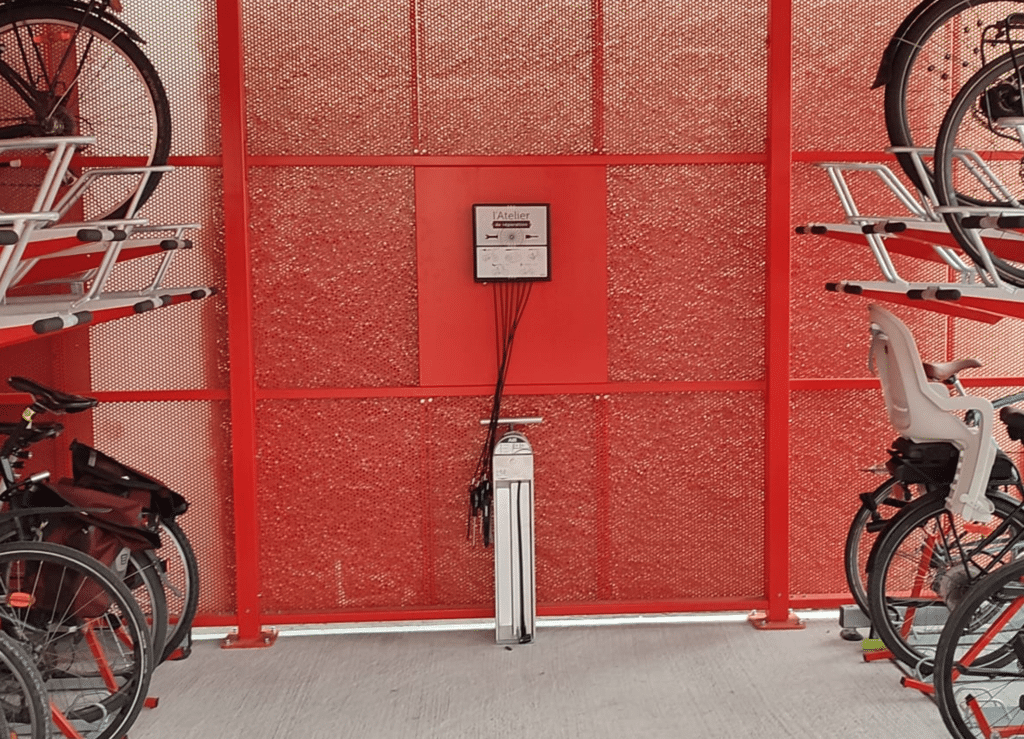
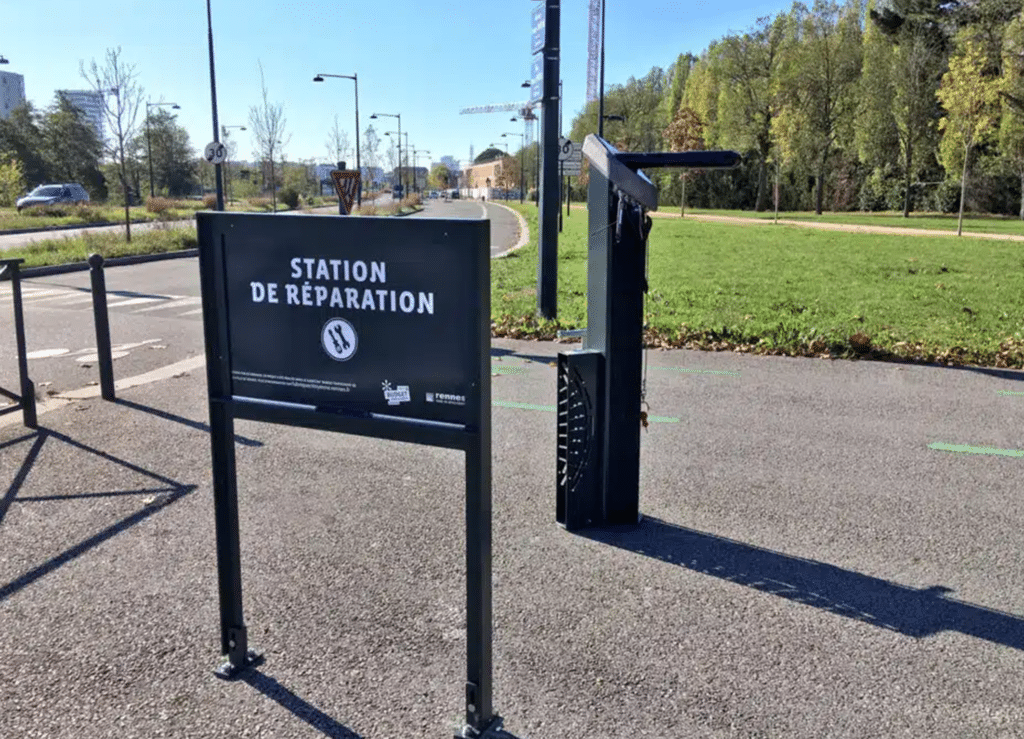
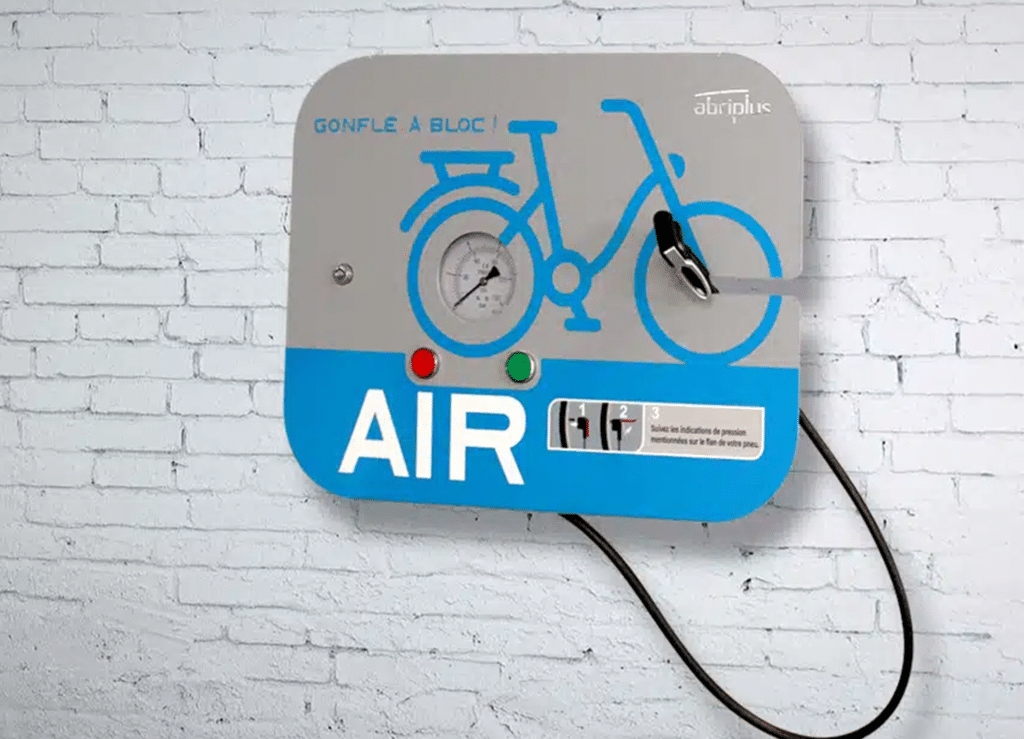
PROVIDE ELECTRIC RECHARGING SOLUTIONS
Increasingly used for everyday commuting, electrically-assisted bikes and scooters need to be charged regularly. We offer several solutions for this purpose, including racks for parking and recharging electrically-assisted bicycles (EABs), recharging stations designed for 2 EABs, and recharging boxes that can be used to equip bicycle racks. For scooters, we’ve developed the Trot e Park stand, an easy-to-use and reliable parking system for electric scooters. It allows you to park up to 4 scooters, recharge them and store personal belongings in an integrated locker.
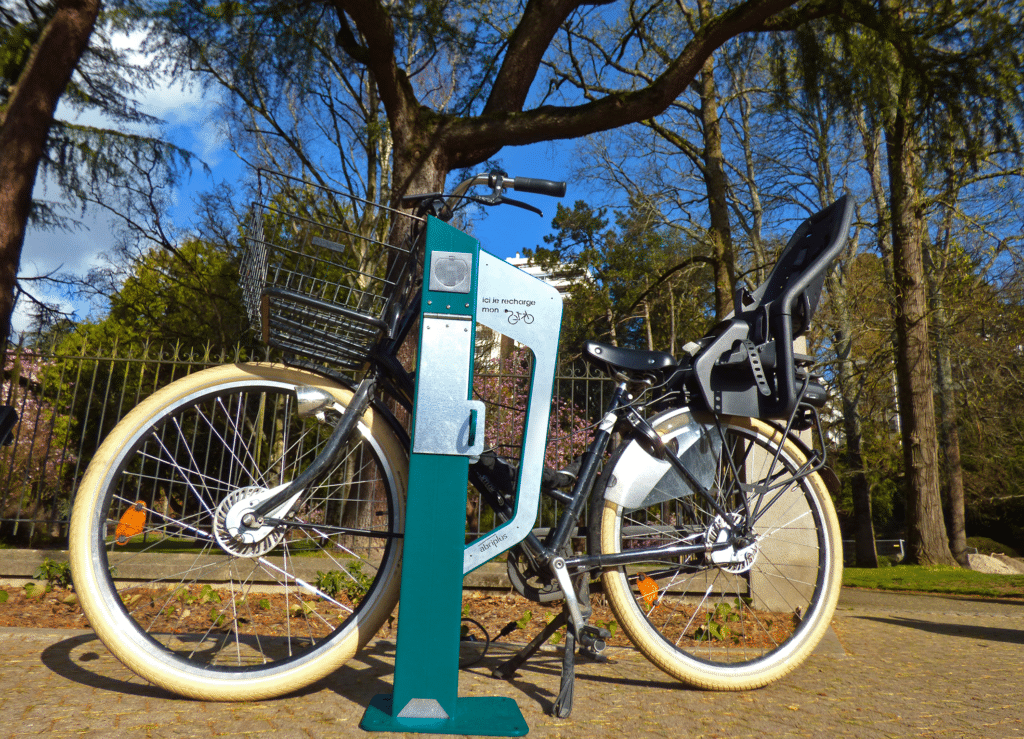
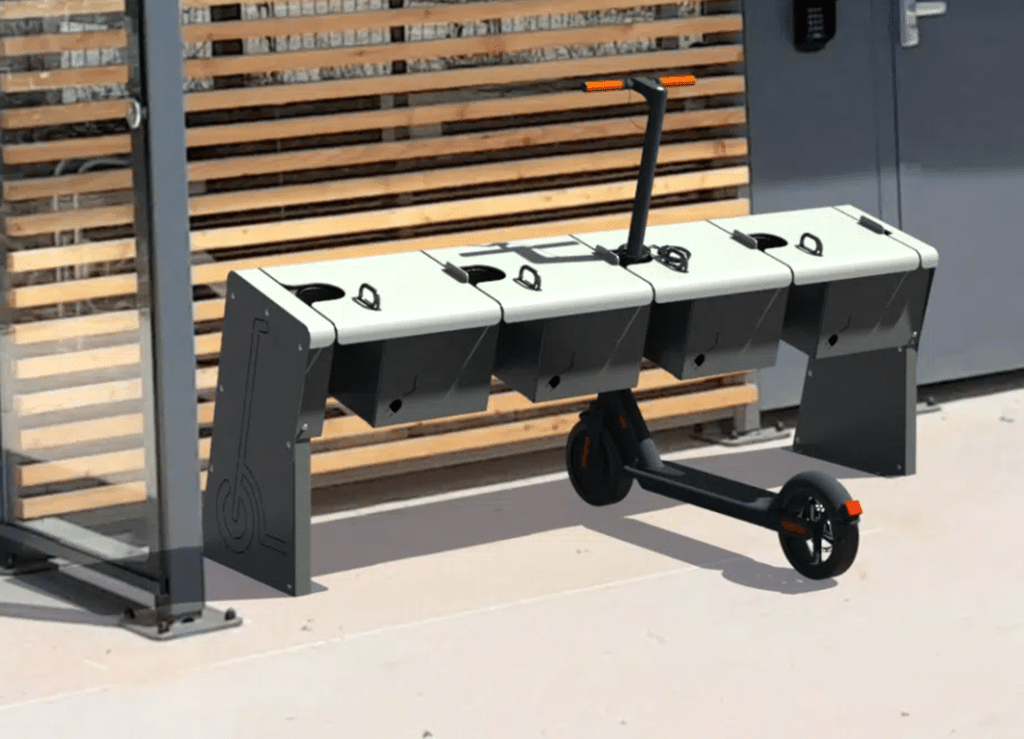
You now have the keys to a successful soft mobility plan. It can be difficult to plan without knowing the products. You can take inspiration from our projects all over France. At Abri Plus, we’re with you every step of the way, from manufacturing to installation. Our teams of fitters travel all over France to install your landscaping solutions. What’s more, we’re approved to design, manufacture and install bicycle shelters and equipment eligible for the Alvéole + program, which supports projects to create parking spaces for bicycles and scooters. Don’t hesitate to contact us for expert advice and support.
Share this article